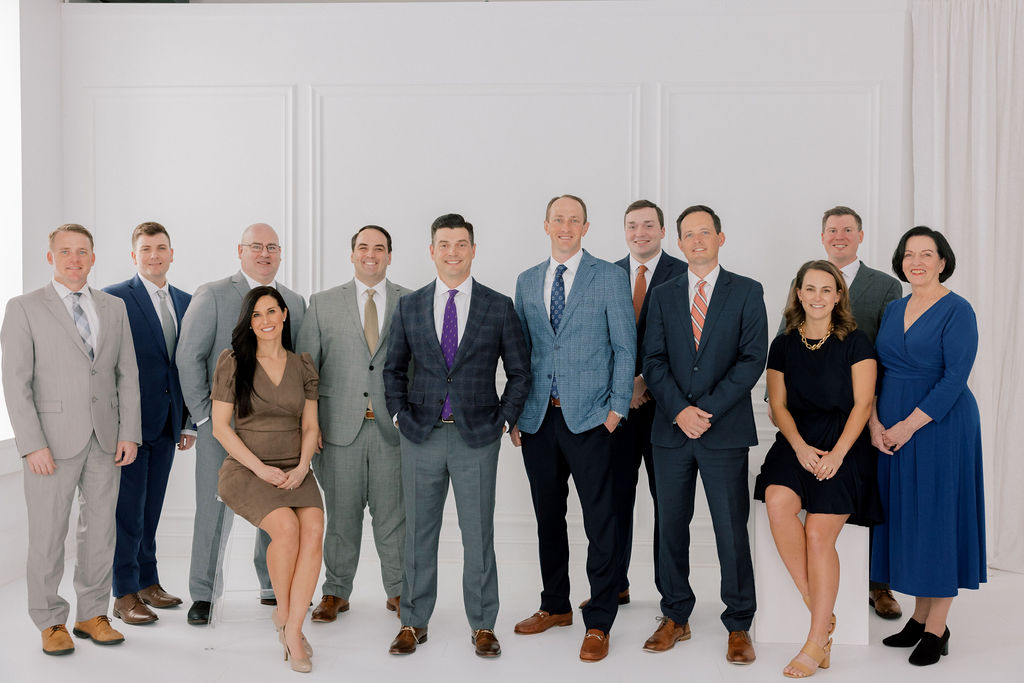One of our mantras in planning is to “Know What You Own.” Peter Lynch popularized this term during his management of a Fidelity mutual fund in the 1980’s, and we think it applies to more than just investments. Your home, your health insurance, your business, and yes, your investments each have features, risks, and opportunities attached that can be harnessed for your benefit or ignored to your peril. Unfortunately, this is easier said than done as one must be very methodical to take stock of their entire household. Peter Lynch himself failed to know what he owned; a rival fund company copyrighted his catch-phrase and settled out of court to let him continue to speak his mantra. Today we look at some examples when it is beneficial to put in the work to “Know What You Own.”
Career Caroline
This lucky gal is the last of a quickly dying breed. She began her career with an S&P 500 company and rose through the ranks to a key management position. Like many of her peers who believed in the strength of the company, she invested part of her 401k in company stock over her thirty year career. It now represents a concentration of 30% of her net worth. Caroline needs to be mindful of this concentration when building the rest of her portfolio. She also has a great opportunity for tax savings using the Net Unrealized Appreciation strategy.
Pension Pete
Caroline’s step-brother is Pension Pete. Also becoming a rarity these days, he worked for the Federal Government for most of his career. His retirement picture is built on three programs: his Thrift Savings Plan (federal plan similar to a 401k), his FERS federal pension, and Social Security. Since his income is peaking late in his career, each year of earnings makes a big change in his potential monthly pension income. He needs to critically examine his options with FERS and Social Security several years ahead of retirement so he can make the best decision at the best time for him and his family.
Real Estate Ron
Real Estate Ron does not have as large of a traditional nest egg as someone like Caroline. His assets are heavily tilted toward his rental property portfolio. Just like Pension Pete, he has great potential to create fixed income outside of his retirement accounts. He knows what he owns and chooses to use a more aggressive allocation in his liquid investments. At the same time, he needs to be mindful of liquidity in case a good real estate opportunity becomes available. He keeps more cash on hand than some peers and utilizes taxable investments with securities-based lending available. Finally, he is self-employed and can optimize his tax scenario and healthcare to his liking.
Millenial Michelle
Michelle’s financial outlook is different than the one her parents experienced. While she earns much more in her thirties than they did, she also has a mountain of student debt. Those student loans have different repayment options that, managed improperly, can cost her hundreds of thousands of dollars in interest. She’ll also do most of her investing inside her company retirement plan, where she can invest up to $20,500¹ in pre-tax OR Roth monies. Those decisions are much more impactful to her long-term success than how she allocates her IRA from her first employer.
Financial planning can be a lot like composing music. Just like an orchestra is not made by one star violinist, a plan isn’t accomplished in one investment account. Each thing you own talks to the rest just like the woodwinds talk with the percussion. The last thing we want is to have cymbals crashing during the flute solo. When you take the time to know what you own and how it relates to the rest, you can create beautiful harmony.
- IRS Announces Changes to Retirement Plans for 2022 https://www.irs.gov/newsroom/irs-announces-changes-to-retirement-plans-for-2022

